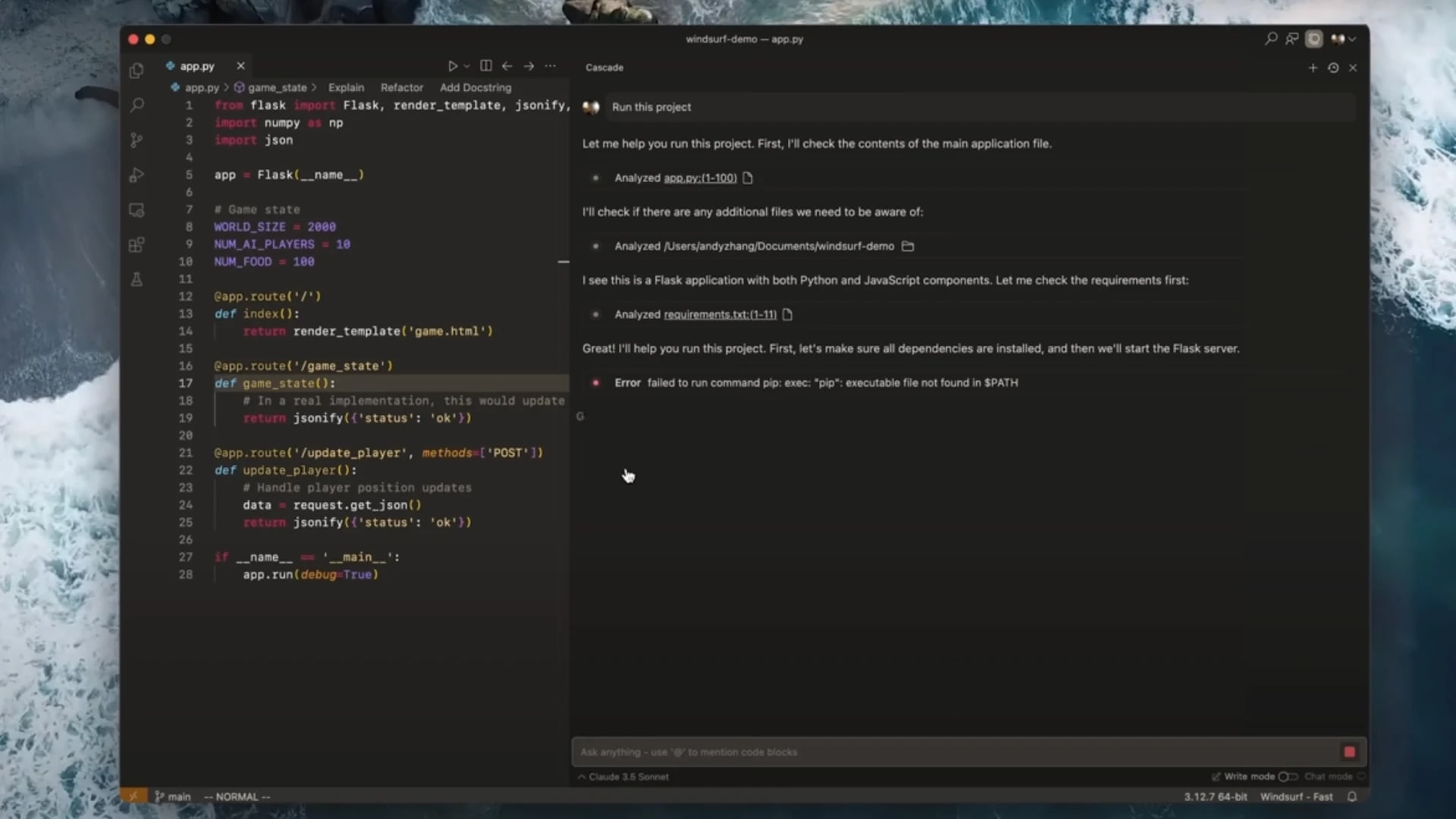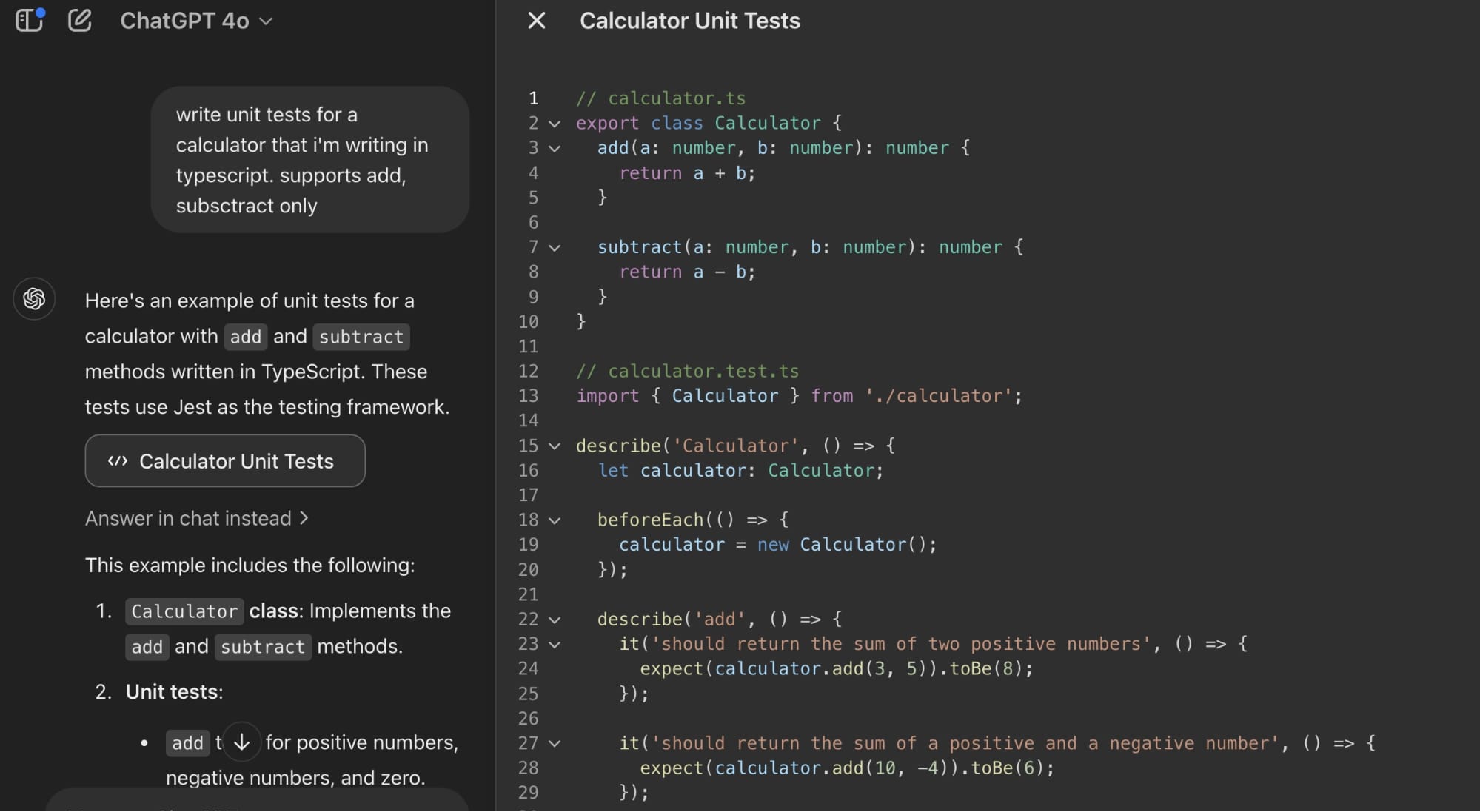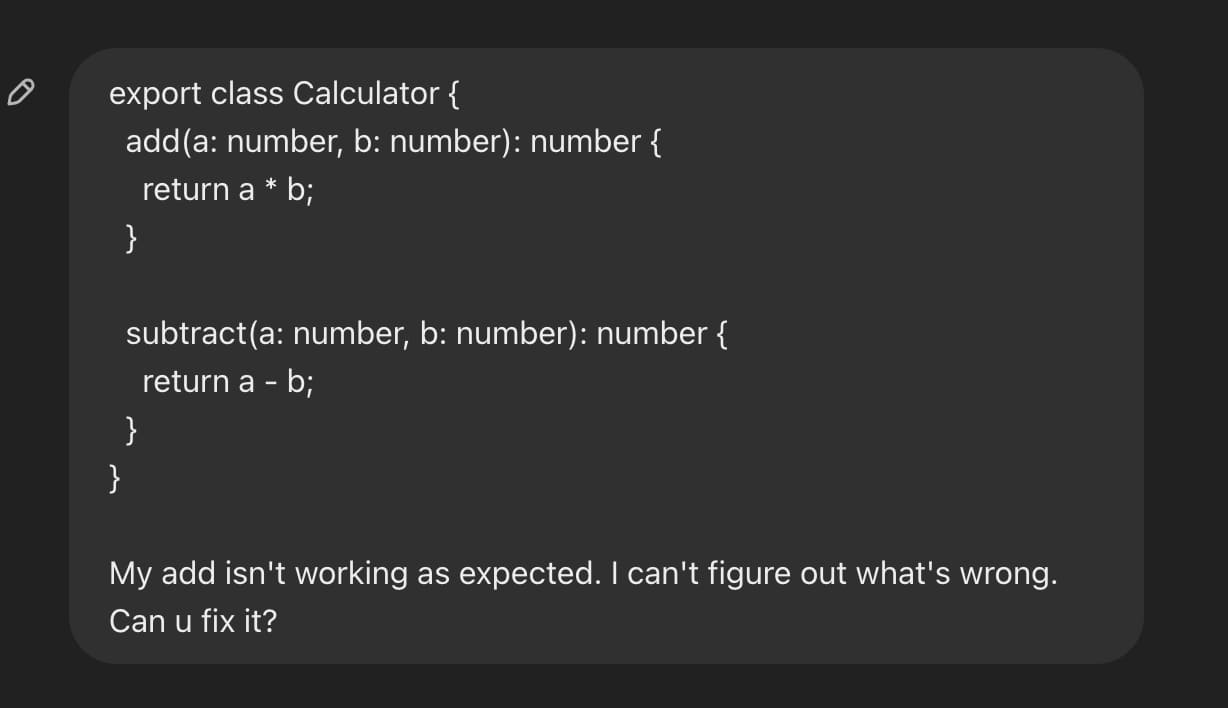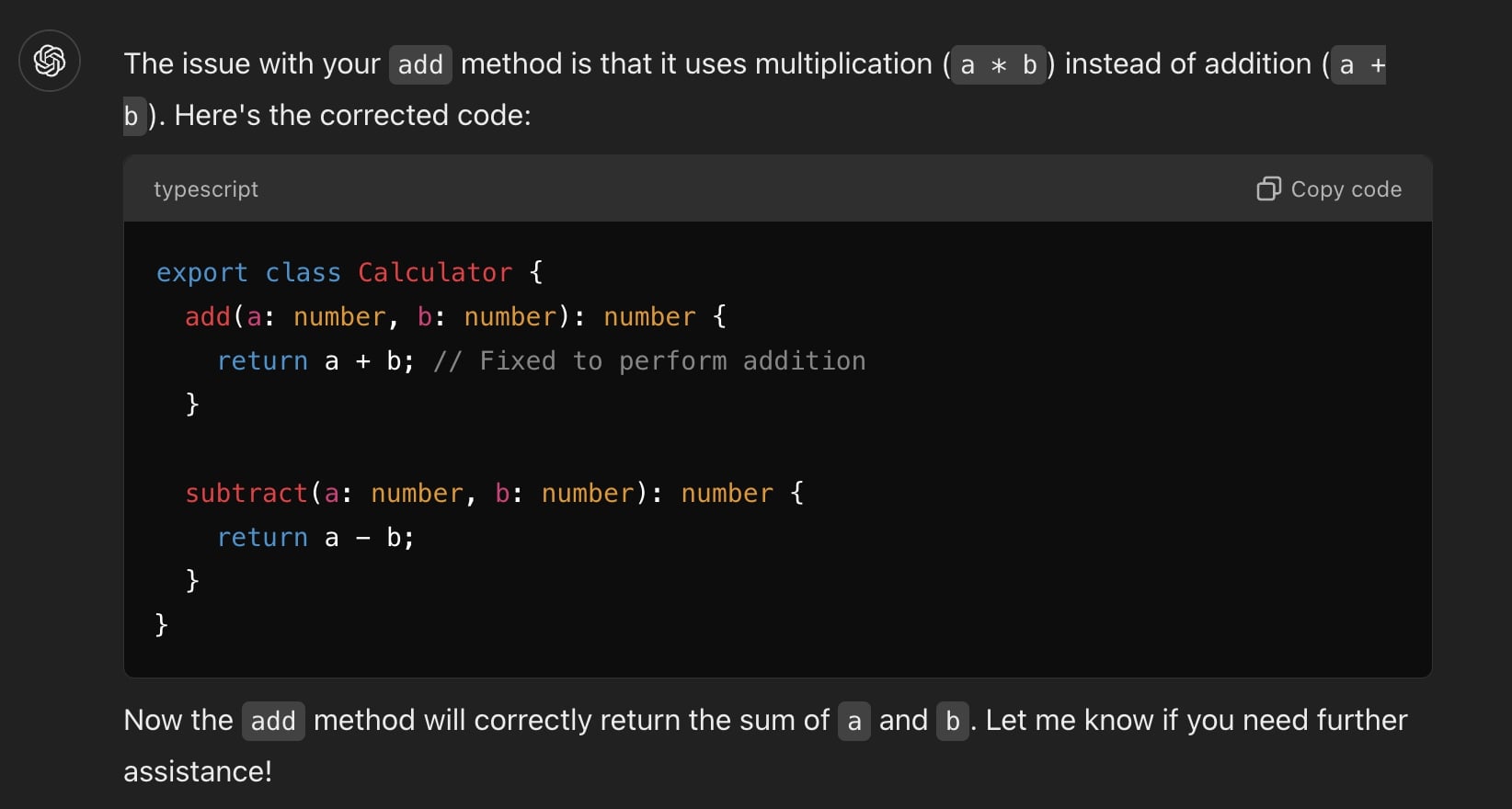Generative AI (GenAI) has redefined the way developers build software. If you’ve been a software developer for the past few years, you would have come across tools like:
These are three of the many GenAI coding tools that are available in the industry. Many engineering teams have begun adopting AI in their process and have seen boosts in productivity and overall software delivery. However, there are different ways that teams use generative AI in software development.
And, with each use case, your role as a software engineer will change. In this article, let’s explore how GenAI is changing the role of a software engineer.
GenAI and the Evolution of Software Engineering
GenAI has affected the synergy between AI and software development in significant ways. It impacts many areas, including:
- Software architecture planning
- Software development
- Software debugging
- Software testing
Software Architecture Planning
Planning software architecture takes a lot of technical knowledge and a firm understanding of the business domain you’re working within. By combining the two, you can create a solid enterprise architecture that you can build on top of, which helps you scale while keeping maintenance simple.
Tools like ChatGPT have access to a vast knowledge of technical information from all over the world. Any cloud service that’s released, its benefits and drawbacks — it knows it. Companies like OpenAI also let you provide prompts to give your model a pre-context for the task at hand.
As a result, teams worldwide are leveraging AI to plan their overall software architecture by feeding the initial background domain to it along with the NFRs and asking it to propose a starting point for their architecture.
Now, this doesn’t eliminate the role of architect. Instead, it reduces the architect’s workload by helping them gain usable ideas right from the start — without having to think from scratch. It also lets developers weigh in on architecture discussions as they can leverage AI to understand the overall pros and cons of a proposed architecture.
Software Development
Tools like Windsurf provide AI-driven, context-aware code editors.
The figure above showcases Windsurf in action. You can initiate conversations with AI models right from your editor and even get automatically generated code as you type. This allows developers to quickly develop code without having to start from scratch.
Software Testing
Another benefit of AI-driven code editors is the ability to generate unit tests. If you provide a scenario for your model, they are able to generate unit tests based on it.
For example, consider this figure:
Here, the AI model is able to understand the problem you’re trying to solve, and it’s building a unit test for you. This can help you save time on writing tests and even integrate tests that you might miss.
Software Debugging
But it doesn’t end there. If you’re running into errors, you don’t really need to use your native IDE debugger anymore. Instead, you can give your error to the AI model, and it can do the debugging for you.
For instance, take a look at this figure:
As you can see, the logic for add is wrongfully implemented as it’s multiplying instead of adding. When this problem is presented to AI, it’s able to troubleshoot the error and fix it for you, as shown below:
This can save countless hours finding issues in your codebase, instead allowing you to work on features that contribute to the overall business value.
Key Benefits of Using Generative AI for Developers
If you’ve read this far, you can see that AI is extremely beneficial for software engineers. In fact, there are tons of benefits:
- Increases productivity: Developers can use AI as an aid in their software development workflow, thus helping them save time on writing repetitive code or generating tests. This lets them deliver features faster.
- Improves code quality: AI can be used for guided code reviews. By doing so, you can let the AI provide improvements to the overall code quality and help maintain a robust, readable codebase that complies with your team’s internal coding standards.
- Adds business value: By eliminating common repetitive tasks and handing them to AI, developers are able to work on new business features that directly add value to the customer.
Challenges and Considerations with GenAI Integration
However, adopting AI into a software development workflow is not all positive. It does have potential pitfalls you should be aware of before making a decision.
1. Over-reliance on AI-generated output
- When teams start using AI, they tend to get drawn into it for the simplest thing.
- By introducing AI to your team to improve their overall productivity, they could use it negatively, which can significantly degrade their career growth.
- To ensure that this does not happen, it’s important to establish AI usage policies within your company so that all operations handled by the AI are company-approved.
2. Need for human verification
- Sometimes, an AI model can bluff and generate false information. For instance, it might generate a code output that does not work at all.
- A subject expert will always need to verify the AI output to ensure that it is safe and works as expected.
3. AI bias
- AI models are trained using data gathered from all over the internet. As a result, they could be trained using data that are biased on certain topics.
- For example, your AI model might not generate code using efficient Array methods like “Map” or “ForEach” but rather use traditional for-loops if that’s what it learns in its training phase.
- So, even if your code is generated via an AI, it’s important to integrate static code analysis such as SonarCloud into your project to ensure your code meets the expected quality gates.
4. Data privacy
- There are sources available on the internet that state that AI models rely on your chat and usage information to enhance the capability of the model.
- This poses a threat to sensitive company data being leaked to the public via AI.
- So, it’s important to build a safe AI usage policy that implicitly states what you should not feed to an AI. Some of these data could be:
1. Sensitive code that touches critical systems.
2. PII data of users.
5. Cost
- Using AI in a company’s software development workflow isn’t necessarily prohibitively expensive.
- However, most AI models have per-user pricing that can take a significant toll on a company’s budget when purchasing licenses.
- So, it’s important to evaluate teams that significantly benefit from AI and ensure that no unnecessary licenses are purchased.
The Future of Software Engineering with GenAI
Despite the possible challenges, using AI in software development can significantly boost productivity. But, with the rapid improvements made to AI, your role as a software developer may change.
For instance, in a few years, you might not be a “software developer” but rather an “AI collaborator.” In such roles, you would be expected to specialize in prompt engineering so that you know exactly the right prompts to use so that the AI generates optimal code while keeping business requirements in mind.
Concluding Thoughts
AI has come a long way since its introduction. Your role as a software developer has also come a long way since you first began. As an IT professional, it’s important to embrace change and adopt AI into your development workflow.
You’ll notice significant improvements to your overall delivery, and you will learn a lot from the AI model by studying its output. Keep embracing AI and leveraging it in every use case possible so that you’re prepared to harness the full potential of AI in the years to come as an AI collaborator.





